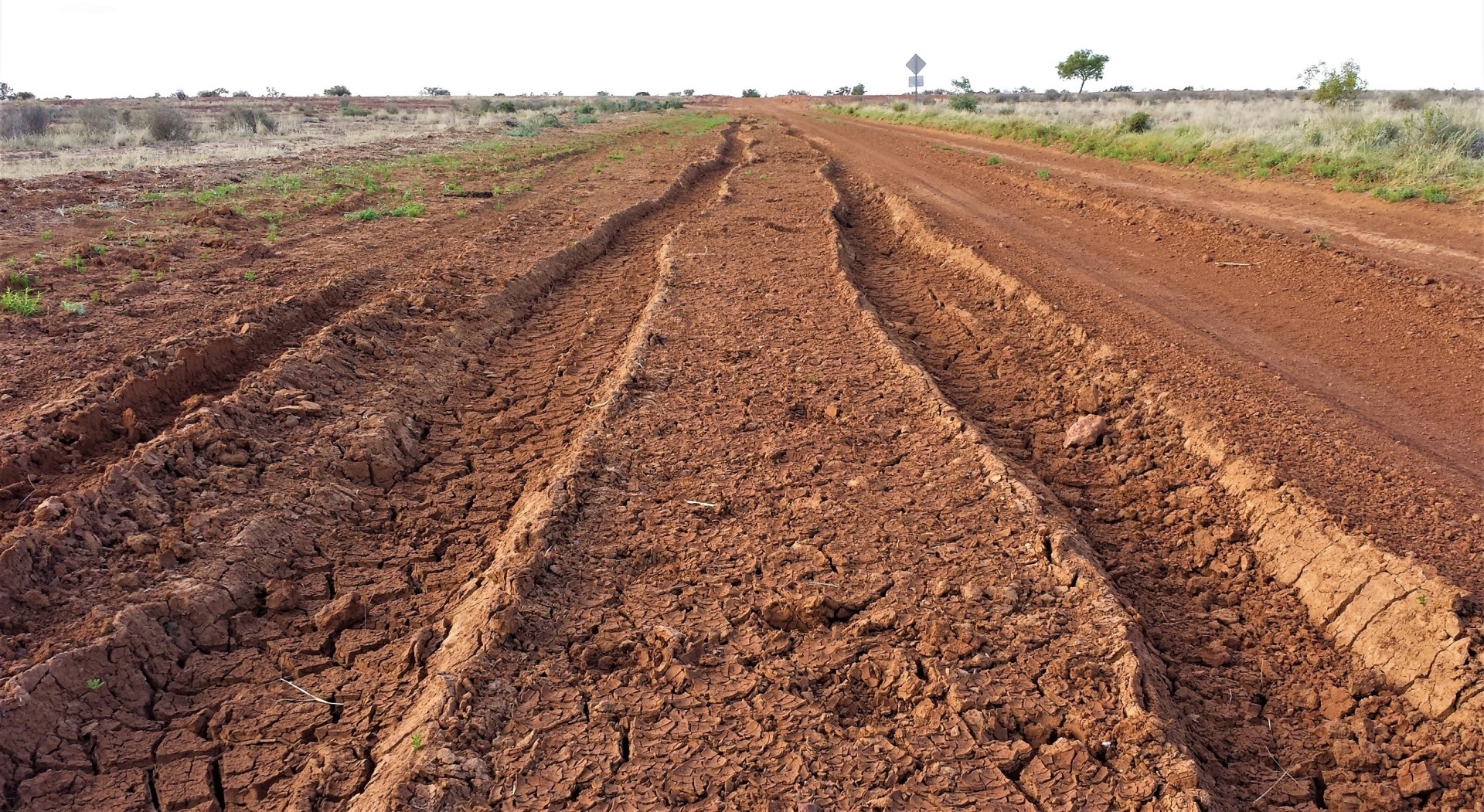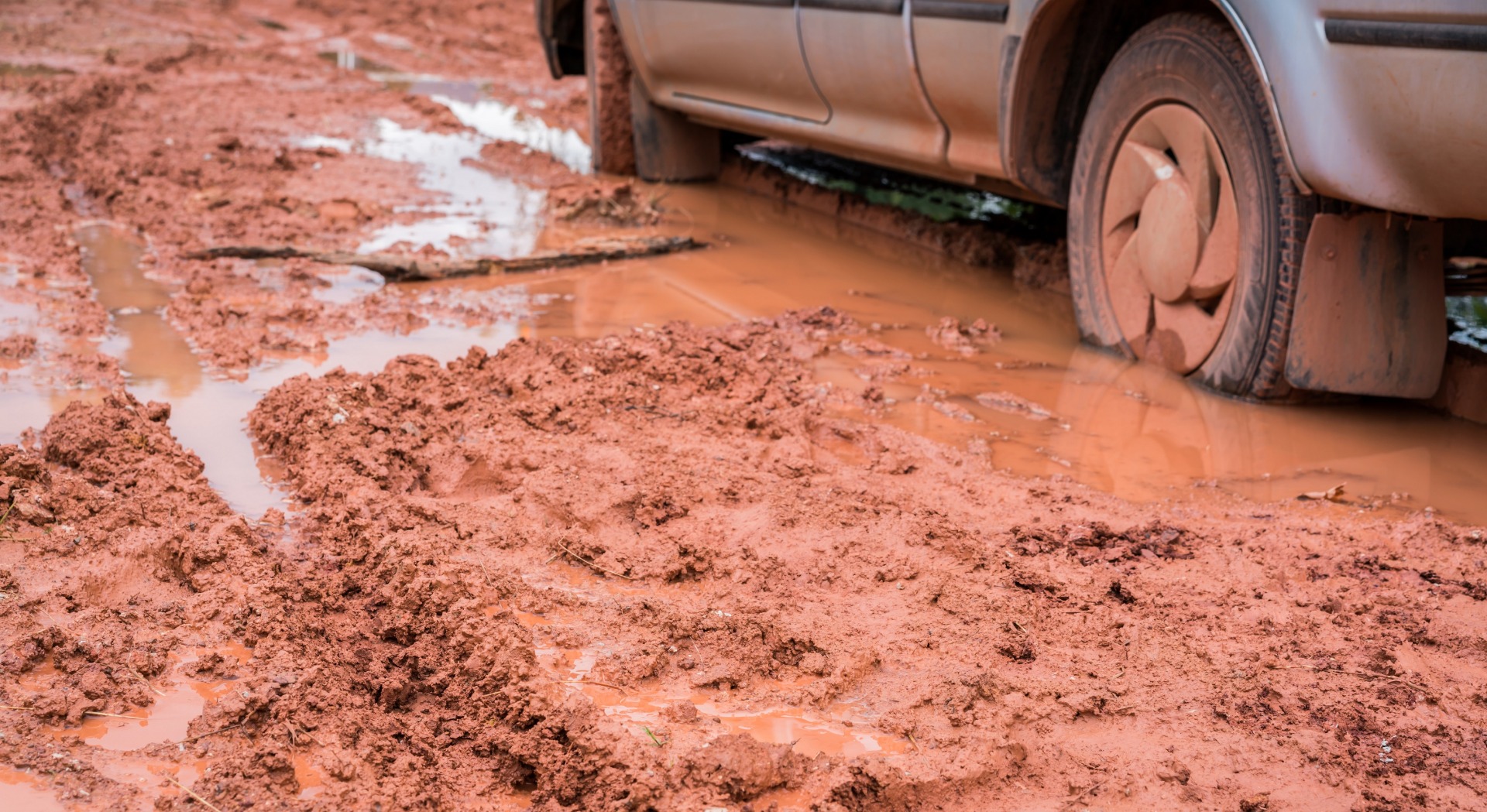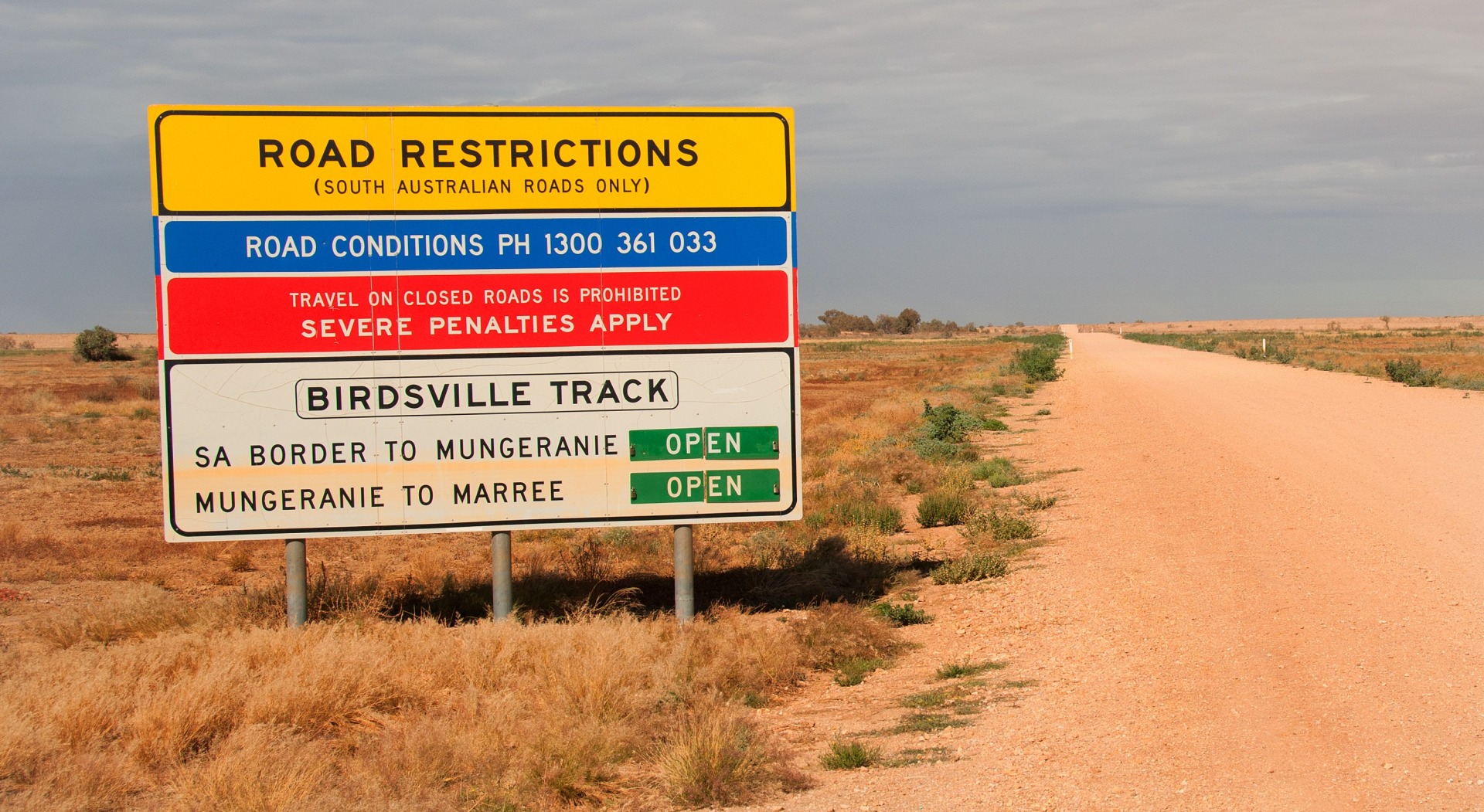By John Pedler
Published: Monday, August 7, 2023
It’s only August and it’s already been a wet winter in the outback. In July, travellers heading to the Big Red Bash in the Simpson Desert were stranded at Mungeranie on the Birdsville Track when the road was closed.
In the same month, heavy rain also saw the Oodnadatta and Strzelecki Tracks, and many smaller connecting roads, closed.
So, why are roads closed and what can travellers do to reduce the risk of being stranded when wet weather hits remote areas.
Why are roads closed?
Damage and safety
The Department for Infrastructure and Transport (DIT) and the National Parks and Wildlife Service SA will close weather-affected roads to prevent vehicles causing further surface damage.
Driving on a waterlogged road creates deep ruts, which may need to be repaired before the road is reopened. This not only affects tourists, but also pastoralists, the postie and other outback workers.

Heavy rain causes flash flooding, which can severely damage bridges and causeways, and wash away sections of road. Although damage may not be obvious where ‘road closed’ signs are posted, there could be dangerous conditions ahead. So, don’t ignore the posted signs.
Never drive through floodwater. It’s difficult to know what hazards lie beneath and the strength of the current. Moving water is powerful and can wash even large 4WD vehicles off the road and possibly into deeper water.
Driving on wet, slippery roads can result in rollovers or other life-threatening crashes. And when a crash occurs in a remote area, it might be difficult for rescue services to reach the scene, particularly if access roads are impassable.

Remote areas often have limited mobile phone coverage. Without suitable communication equipment, it could be impossible to alert rescuers when an incident occurs.
Local incidents
South Australia Police (SAPOL) will close a road if there’s an emergency, like a bushfire or crash.
Work in progress
Public Access Routes (PARs) are designated roads and four-wheel-drive tracks on pastoral property, which can be used by travellers without getting permission from the pastoralist.
If requested by the pastoralist, the Pastoral Board can temporarily close a PAR for the reasons of public safety, the management of livestock, or for carrying out rehabilitation work on land adjacent to the route.
Penalties for driving on a closed road
Under the Road Traffic Act, motorists mustn’t drive on a road that has a ‘Road closed’ sign posted. On major outback roads, ‘road closed’ information will usually be shown on a large, fixed sign. Portable signs are used for smaller roads.

The penalty for driving on a closed road in South Australia is $423 plus a $99 Victims of Crime levy.
Preparation is key
- Check the DIT Outback Road Warnings
- Check the National Parks and Wildlife SA Closures and alerts webpage for updates.
- If you’re planning to use a PAR, make sure it’s open.
- Review weather reports regularly so you can plan your route and possible alternatives in advance. A road may be fine when you head off, but bad weather could hit while you’re travelling.
- Consider carrying a dedicated satellite phone, or a device that temporarily allows your mobile phone to be used as a satellite phone. A GPS-encoded distress beacon (EPIRB) can also prove vital in an emergency.
- Ensure you have sufficient supplies of food and water in case you become stranded.
- Carry an up-to-date first aid kit to deal with minor injuries, cuts and bites.
- Before you leave home, make sure your vehicle and caravan/camper are suitable for the roads you intend travelling on. Be sure they’re in tip-top condition and both have at least one full-size spare tyre and working wheel changing equipment.
- If you have a medical condition, get a check-up before you go (there are limited specialists in the bush) and carry enough prescription medicine to last if you’re delayed.
Other states’ road information
Queensland
New South Wales
Northern Territory
Western Australia
Victoria
Tasmania